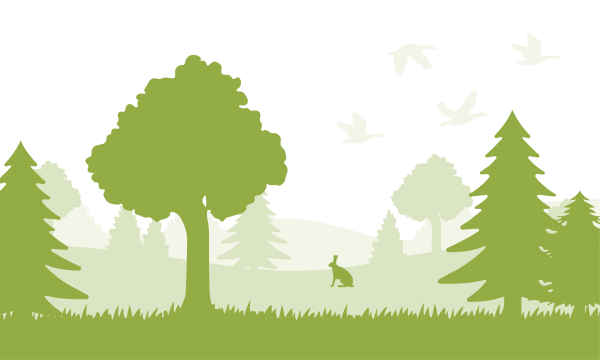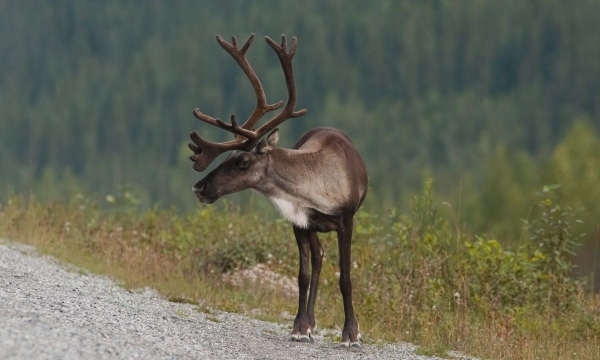Land Management Resources
Resource
Authors
Brad Pinno
Amanda Schoonmaker
Çağdaş Kera Yücel
Robert Albricht
Planting trees is an important step in re-establishing functioning forest ecosystems after industrial land disturbances. Conventional planting practices create forests with evenly spaced trees, at low...
Resource
This guidebook explains mounding – a silviculture technique for preparing a site for reclamation. The Natural Resources Canada Canadian Forest Service developed this guidebook to help with the...
Resource
Authors
Anna Dabros
James Hammond
Jaime Pinzon
Brad Pinno
David Langor
Low-impact seismic (LIS) techniques were developed to reduce the environmental footprint of oil exploration. Though relatively narrow (~2–3 m) and constructed with light-weight equipment, these lines...
Resource
Authors
Ruth Errington
Brad Pinno
This resource is available on an external database and may require a paid subscription to access it. It is included on the CCLM to support our goal of capturing and sharing the breadth of all...
Resource
Authors
James Hammond
Philip Hoffman
Brad Pinno
Jaime Pinzon
Jan Klimaszewski
Dustin Hartley
Species loss caused by anthropogenic disturbance threatens forest ecosystems globally. Until 50 years ago, the major sources of boreal forest disturbance in western Canada were a combination of forest...
Resource
Authors
D.R. Hoffman
Cindy Shaw
S.J. Kull
M.F. Voicu
C. McNalty
The Forest Floor Recovery Index (FFRI) aims to assess ecosystem recovery using changes in forest floor properties during stand development following reclamation. Modeled predictions from the Carbon...
Resource
Authors
D.R. Hoffman
Cindy Shaw
S.J. Kull
M.F. Voicu
C. McNalty
The Forest Floor Recovery Index (FFRI) aims to assess ecosystem recovery using changes in forest floor properties during stand development following reclamation. Modeled predictions from the Carbon...
Resource
Authors
Renee Lapointe
David Langor
Anna Dabros
Brad Pinno
John Spence
Matthew Pyper
Kelvin Hirsch
Most of Canada’s natural resource development (i.e., forestry, oil and gas, and mining activities) occurs in the boreal forest. These industrial activities lead to extensive land disturbances that...
Resource
This guidebook explains soil decompaction in great deal. It is a silviculture practice that can be used when preparing a site for reclamation. Natural Resources Canada, Canadian Forest Service (NRCan...
Resource
Authors
John Major
Alex Mosseler
John Malcolm
Shane Heartz
Salinity tolerance is an important adaptive trait for land reclamation, particularly after petroleum extraction from the Athabasca oil sands “gigaproject” in western Canada. We compared survival...



